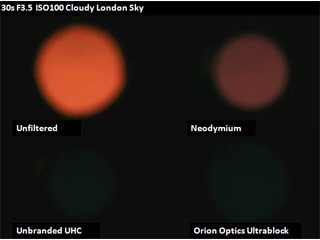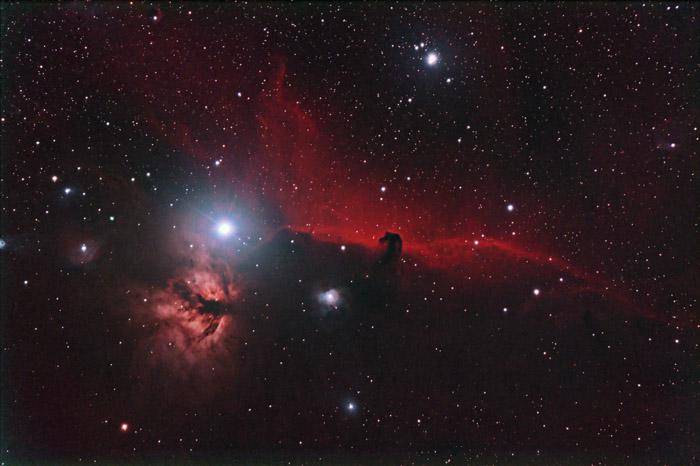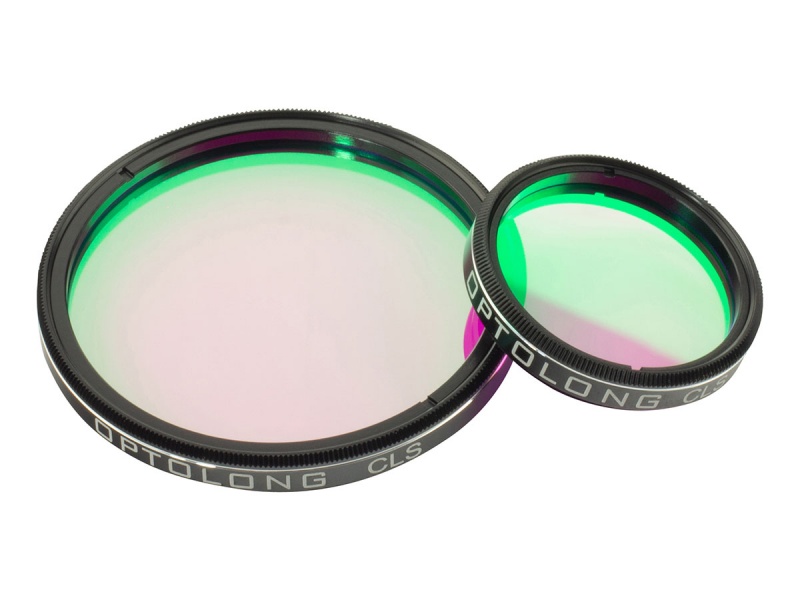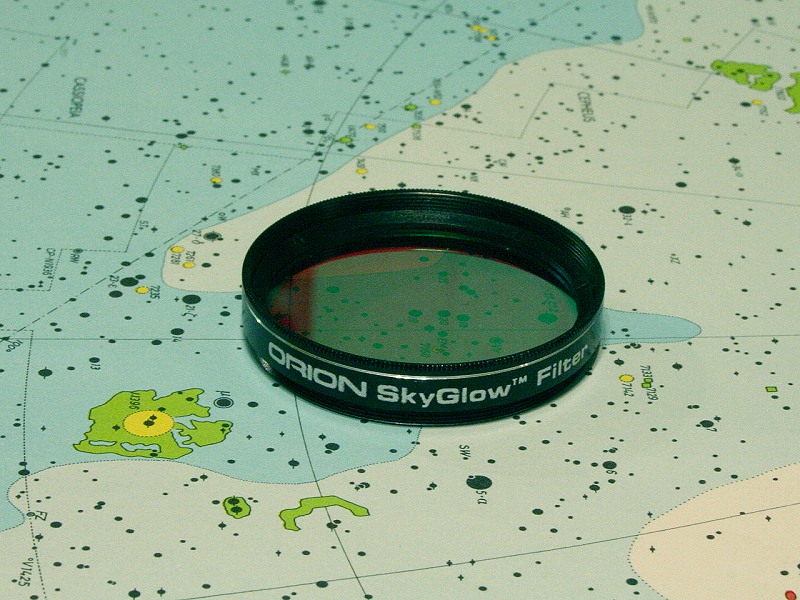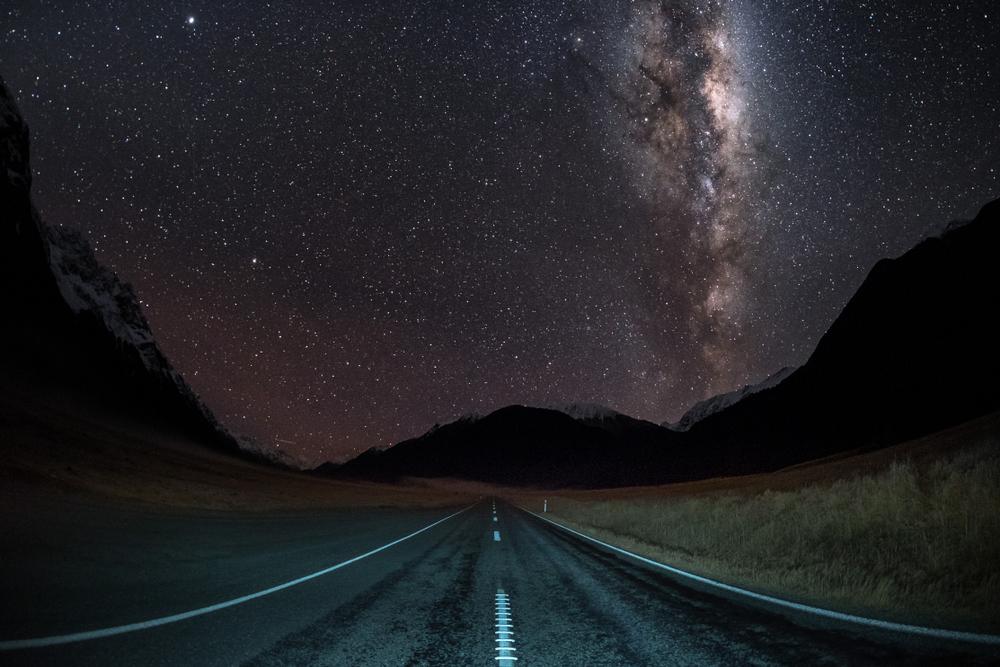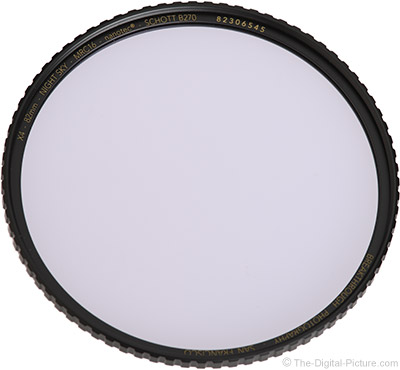Best Light Pollution Filter For Visual
With the above in mind i will now walk you through the best filters from the best and most respected brands.
Best light pollution filter for visual. An easy way to rule out cheap filters that claim to be the best light pollution filters but really are not is that any real filter will come with a chart showing what wavelengths of light are blocked and which are not. The design of the filter includes layers that block specific bandpass lines of the visible spectrum. A quality light pollution filter will allow the important colors and light emitted by your astrophotography subject to reach the camera sensor without the nasty brown glow of a washed out sky. While light pollution is a constant frustration modern technology can also give back at least a little to frustrated stargazers light pollution filters which are sophisticated glass optical filters with dozens of layers of carefully deposited dielectric coatings can reduce the effects of some types of urban lighting for visual observation of some deep sky objects especially those such as.
B w 77mm uv ir cut mrc 486m filter blocks 88 of uv light at 380nm 95 of ir light at 700nm. All filters are available in both 1 25 31 75mm and 2 50 8mm. Best light pollution filter for astrophotography. It s also available in 67mm 72mm 77mm and 82mm diameters while no filter can remove all light pollution i wanted to see if this light pollution filter could help with my milky way photography.
The only difference is size the same features still apply. Recommendations for light pollution filters. So here are the filters. Haida 77mm nanopro mc clear night filter absorbs yellow sodium vapor light.
Slr magic 77mm image enhancer filter prevents infrared light pollution. Originally used as light pollution reduction filters oiii filters darken the night sky allowing greater contrast in the faint details of distant. The irix 95mm edge light pollution filter costs about usd 179 00 which is a lot of money for a specific purpose filter. The narrowband oxygen iii filter commonly referred to as oiii is best for visual observations of planetary and gaseous nebulae and is the only way you can see very faint objects like supernovae.















